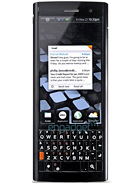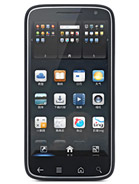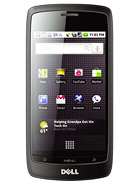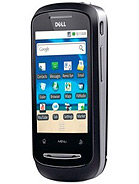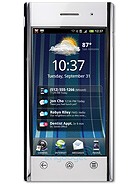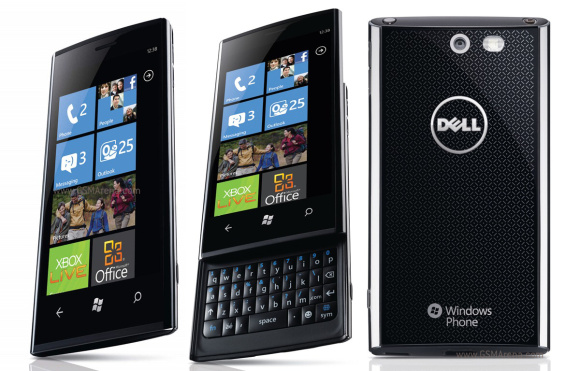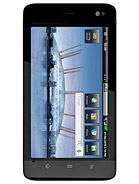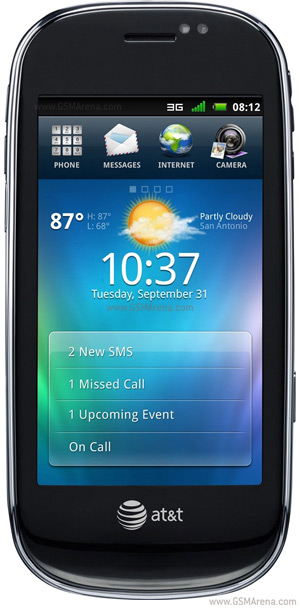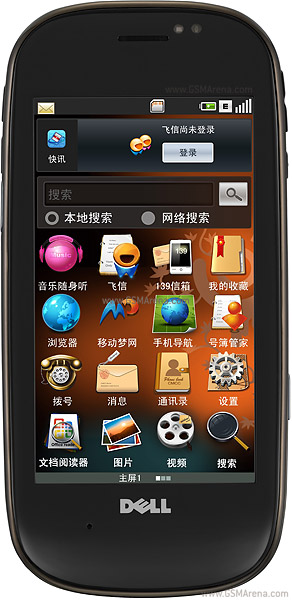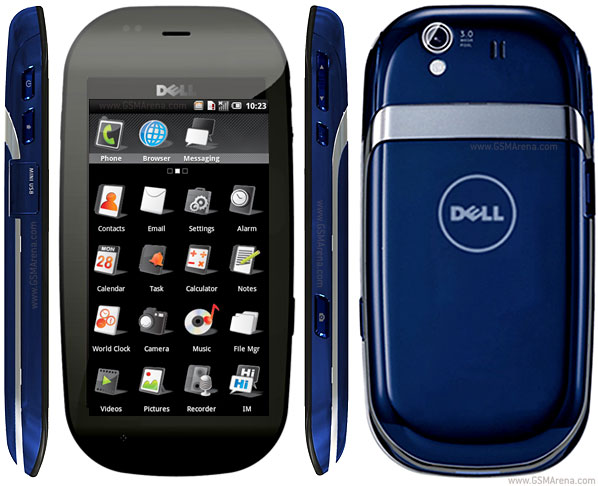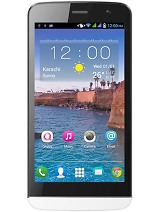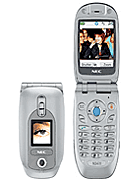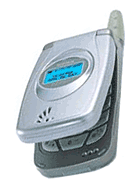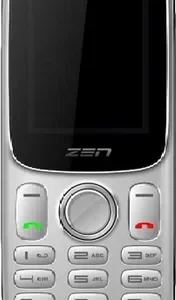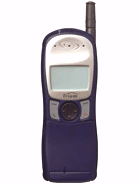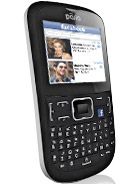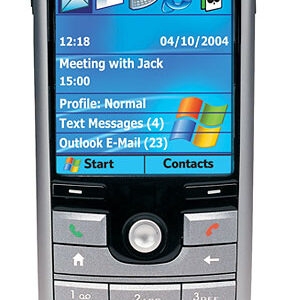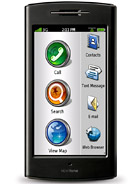Dell Smoke Overall Review
The Dell Smoke was part of an intriguing lineup of Android smartphones from Dell, aiming to make a significant impact in the early stages of the smartphone revolution. With a compact and unique form factor, the Smoke featured a 2.8-inch display, smaller than many of its contemporaries, focusing on providing a more pocketable and manageable device for users.
Powered by the Qualcomm MSM7230 chipset and offering a 5 MP primary camera, the Dell Smoke was poised to deliver a balanced performance for its time, suitable for both productivity and casual photography. The inclusion of a 1170 mAh battery was typical for the era, promising enough power to get through a day with moderate usage.
One of the notable aspects of the Dell Smoke was its connectivity suite, which included 14.4Mbps HSPA, WiFi, and Bluetooth 2.1 + EDR, alongside noise cancellation capabilities thanks to a second microphone. This combination of features indicated Dell’s intention to offer a smartphone that was both practical and geared towards clear communication, whether in calls or multimedia use.
Pros and Cons
Pros:
- Compact and unique design, offering easy handling and portability.
- Decent camera capabilities for the era, enabling satisfactory photography experiences.
- Comprehensive connectivity options, including high-speed HSPA, WiFi, and Bluetooth support.
- Noise cancellation for clearer voice calls.
Cons:
- The small 2.8-inch display might not appeal to users accustomed to larger screens.
- Battery capacity might be limiting for heavy users or those accustomed to modern smartphones’ longevity.
- As an early Android device, it may lack the polish and app support seen in later versions of the OS.
